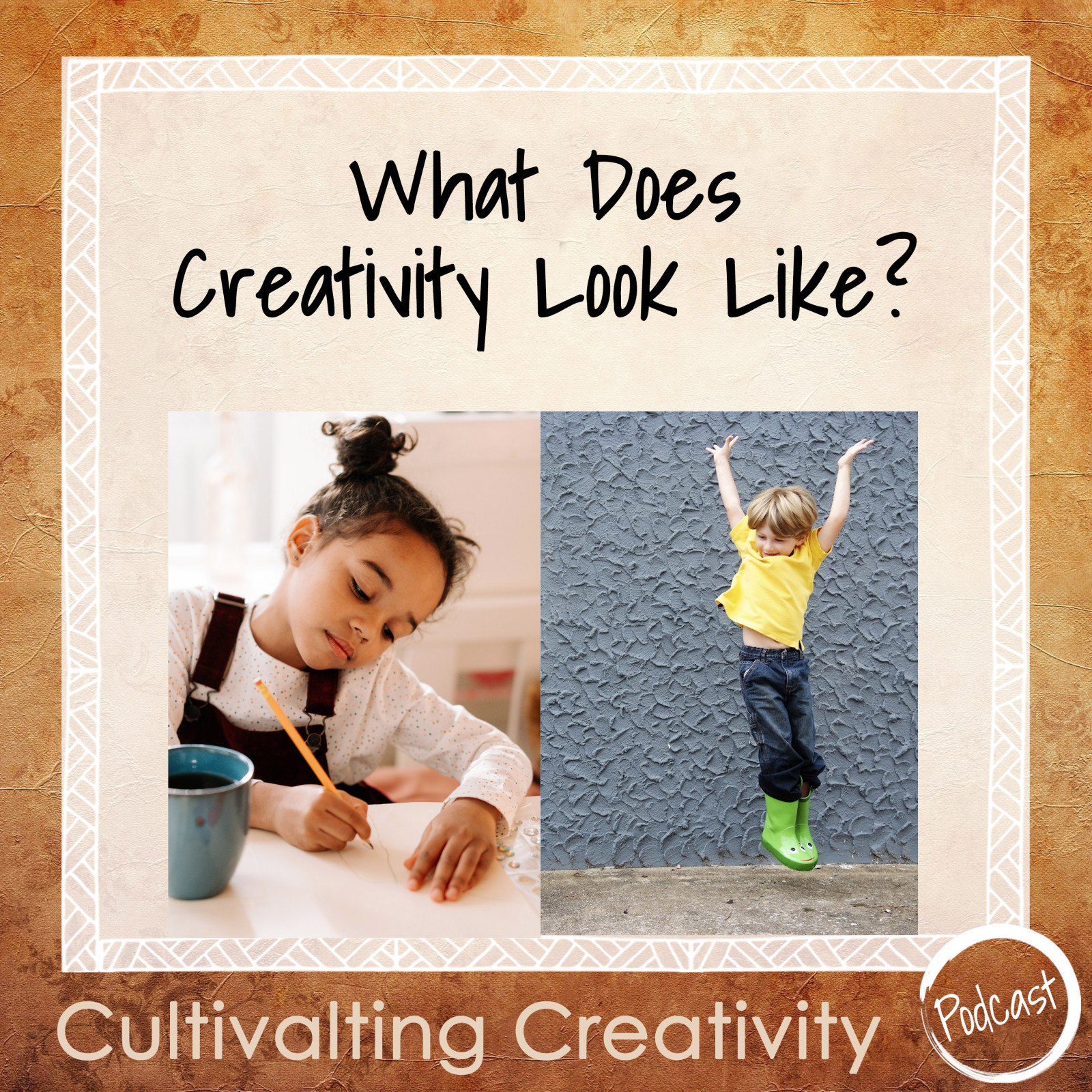
Summary:
You know what Creativity means, but have you ever thought about how it impacts our lives on a larger scale? Or how it shows up in your life? In this episode, I introduce the 4 roles of creativity and shed some light on how creativity is a fundamental human characteristic and that we ALL have the potential for rich and rewarding creativity in our lives.
created by a human
Download NOW!
Episode Transcription:
[00:00:00] Welcome. I'm Kristi Backman and this is my podcast Cultivating Creativity. It's about helping you build your creative life. Giving creatives a way to make space for artistic growth, through the insights of an artist, art instructor, and a creativity coach about the creative process and living that crazy creative life!
[00:00:29] In this episode, I introduce the four roles of creativity and shed some light on how creativity is a fundamental human characteristic and that we all have the potential for rich and rewarding creativity in our lives.
[00:00:48] So, what does creativity look like? I'm sure as soon as I asked that question, you had a very specific idea. But today I want to expand on that expectation.
[00:00:59] When I meet new people and tell them what I do, I often get, “oh my gosh, that's so cool. I'm not creative at all.” To which I call shenanigans. Creativity is a fundamental human characteristic. This is supported by both anthropology and psychology. Creativity simply manifests differently for everyone. And we need to redefine our idea of what creativity really is. For this reevaluation, I'm going to call on the anthropological approach of the four roles of creativity.
[00:01:33] Now the idea of creativity is characterized by originality and expressiveness, imagination, the ability to create meaningful new forms and ideas, and originality. That is the core of what is considered creative. The four roles of creativity are Play, Problem-Solving, Ritual, and Making Special. What we're going to find about each of the four rules of creativity is that they can all be both individual or communal, meaning you can engage in them yourself or with others.
[00:02:10] Let's dive into these. First, Play. This is such a fun and honestly, huge idea. And we'll definitely talk more about play in the future. The idea of play is not often considered an aspect of creativity. However, it plays a very large role. If you think about play, it requires problem-solving, imagination, and it's enjoyable.
[00:02:35] At this point, I'd like to share that I've created a really amazing Free Resource that I hope you download after listening to this podcast. It's a list of over 350 Creative activities. And the truth is I know that you already engage in some of these, but you may not have realized that they were considered creative. The reason I'm telling you this now is I've divided this list up into categories. And I'm going to be sharing these categories while we talk about the roles of creativity.
[00:03:09] One of the categories that I feel really resonates with this idea of play is my category of Body, which has to do with things that we're doing with our physical selves. And so, creating food, dance, performance, individual sports, two players sports, team sports, fighting sports. Those are all categories that I have on this activities list.
[00:03:35] Now you might be saying, wait, wait, wait, sports? How is that creative? Well, let's go back to this idea of what is creative? It requires problem solving, imagination and is enjoyable. Now you might be saying, well, I don't really like sports. Well, those who enjoy these activities usually will be able to align with those ideas.
[00:03:59] The next role of creativity is Problem Solving. Again, you can do this by yourself, or you can get with a group and solve problems. Problem solving requires innovation, imagination, and it's often a very fun challenge. And to address this aspect of creativity. I have my section called Mind. Which involves games, thinking and writing. All of these categories of activities directly relates to solving some type of problem.
[00:04:31] Now you may not have thought that a crossword puzzle is very creative, but in fact, you're solving a problem. You're relying on some of your own knowledge, you're having to put together different ideas and it activates those same areas that come alive when we're doing those more typical creative activities like painting. And so it's really fascinating to think about how problem-solving is a really big part of it.
[00:04:58] Now, what I love about all four of these rules of creativity is they're also interconnected and it's hard for me to kind of parcel them out as separate entities. Because in my mind, they're really all working together to create this idea. But I think breaking it into smaller pieces can be really helpful in allowing someone to understand how this bigger idea works.
[00:05:23] All right, the third role of creativity is Ritual. Again, this is something that you can do by yourself. It's something you can do with a group. Ritual is a learned cultural, specific behavior. And so there may be groups of people who participate in the same rituals. And when I say your ritual, this is a very general category. We're talking about things that we might consider standardized celebrations. You know, what does a graduation ceremony look like? What does a wedding ceremony look like? what does a funeral look like? So, while this can look different In a variety of cultures, there typically is a way that humans will mark the passage of some type of milestone or event, in an individual's life.
[00:06:11] Now, this can be on a large scale, but it can also be on a small scale. It can be done in small moments. The categories from my list I have under ritual include Environment under which we have beauty, music, and nature, and there's a lot of activities involving these concepts that we kind of ritualize in our life. These activities that we do to enhance our experience and make it more meaningful. And that's really what the idea of ritual is about.
[00:06:44] And so sometimes yes, it involves a very big celebration. And sometimes it's how you put yourself together for the day. What clothes you decide to wear, how you do your hair, how you apply your makeup. All of those things are actually creative aspects. I'm not talking about the days that you throw on what's sitting on the floor already. I'm talking about the days you do things with intention. That's really the essence of this idea of ritual.
[00:07:11] Finally, we have the role Making Special. This is a quality that's as distinguishing and universal to humankind as speech and making and using tools. This is something we find in every culture. And so, it's a very large component of what makes us human. It exists at the roots of each and every culture. And is considered a cultural, common denominator. Making special implies intent and deliberateness, and it places an artifact or an activity into a realm of different from the everyday.
[00:07:46] So do you, or does anyone you know, have holiday dishes or fancy china? This is a wonderful example of making special. You identify that you have a regular practice, so your everyday dishes. And then when a specific event comes along, you create a change to upgrade to denote meaning for a special occasion and you make that separate from the everyday. This can be applied to millions of things like the clothes you wear, how you arrange your home, and what you create.
[00:08:19] This role is where I placed art, which is usually what we identify as typical creative activities. So, my categories from the list include 2D Art, animation, and crafts, digital art, drawing, painting media, paper arts, photography, printmaking. And then 3D Arts, ceramics, glass art, jewelry, metal techniques, sculptural media, textiles, and wood techniques.
[00:08:47] So you can see how the arts are often the first thought when it comes to creativity, as they fulfill all four of these roles. But what I want you to think about going back to that original idea of what creativity is. It's characterized by originality, expressiveness, imagination, and the ability to create meaningful new forms or ideas. It's about originality. So again, we can see all of these things in art.
[00:09:15] But I also want you to see how we find these aspects in different components of our life as well. And this is what I mean when I tell people they are creative. And it doesn't matter who they are, because everybody I meet is creative in some way. Even those people who are adamant that they are not creative at all. I guarantee that there is something in their life that they do with heightened awareness and with intention. And with a little bit of flair that fulfills them in some way. We all have this thing and it's just about finding that nuance.
[00:09:54] Now artists and creatives obviously corner the market on understanding and accepting this role but what I really want you to do is to find other aspects of creativity that you already inherently do and really approach them with more intention. Thinking about some of these ideas and considering how those activities are actually creative.
[00:10:20] And so what does this mean? This means my friend, that you are creative. And I want you to embrace the aspects of creativity that you enjoy with intention. So, I hope you found this helpful and that it brought new insight to how you consider creativity. Use the link below to download my Free Creative Activities List of over 350 things that you can do to add creativity to your life today!
[00:10:50] If you enjoyed this episode, subscribe to my podcast. You can also follow me on social. Until next time!
created by a human

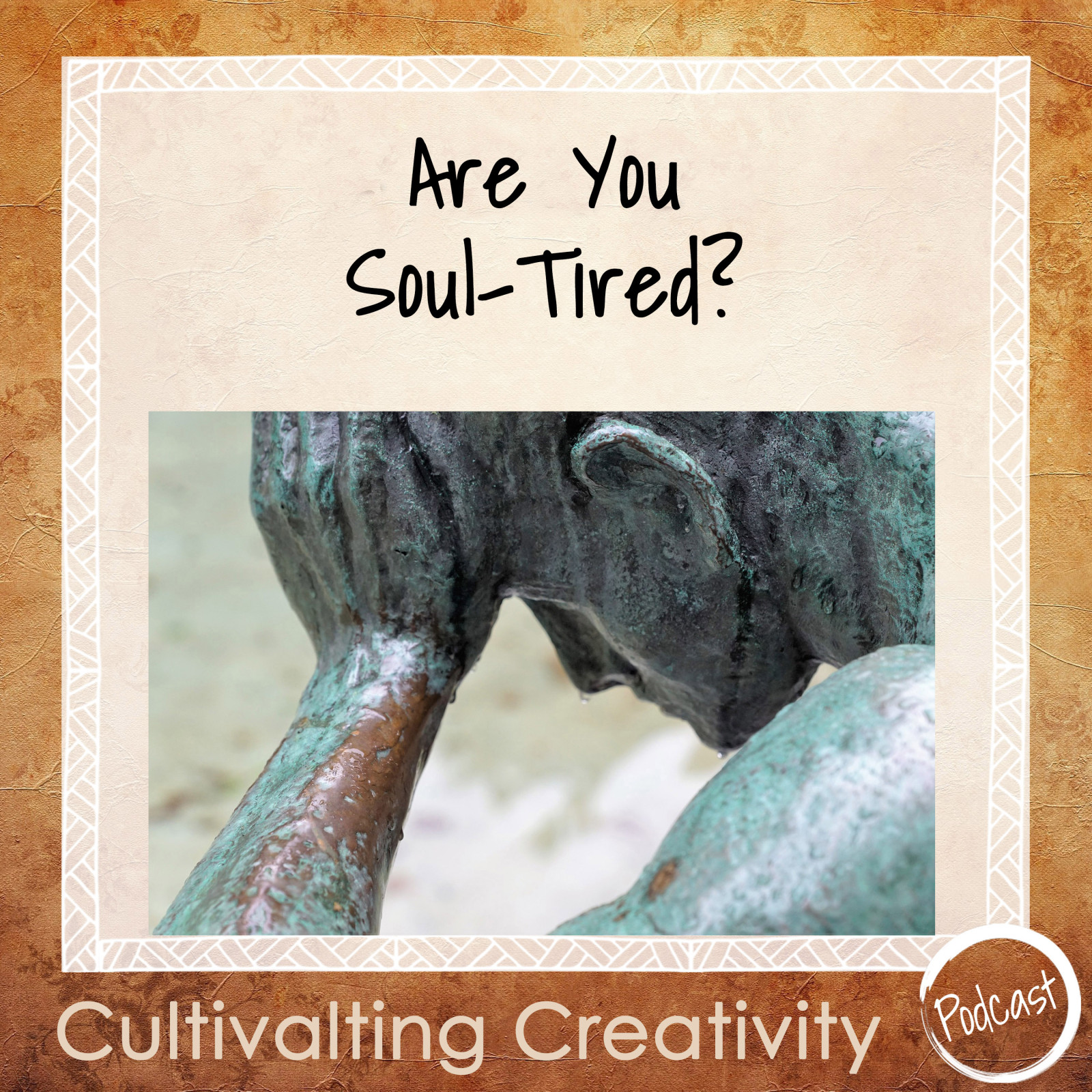
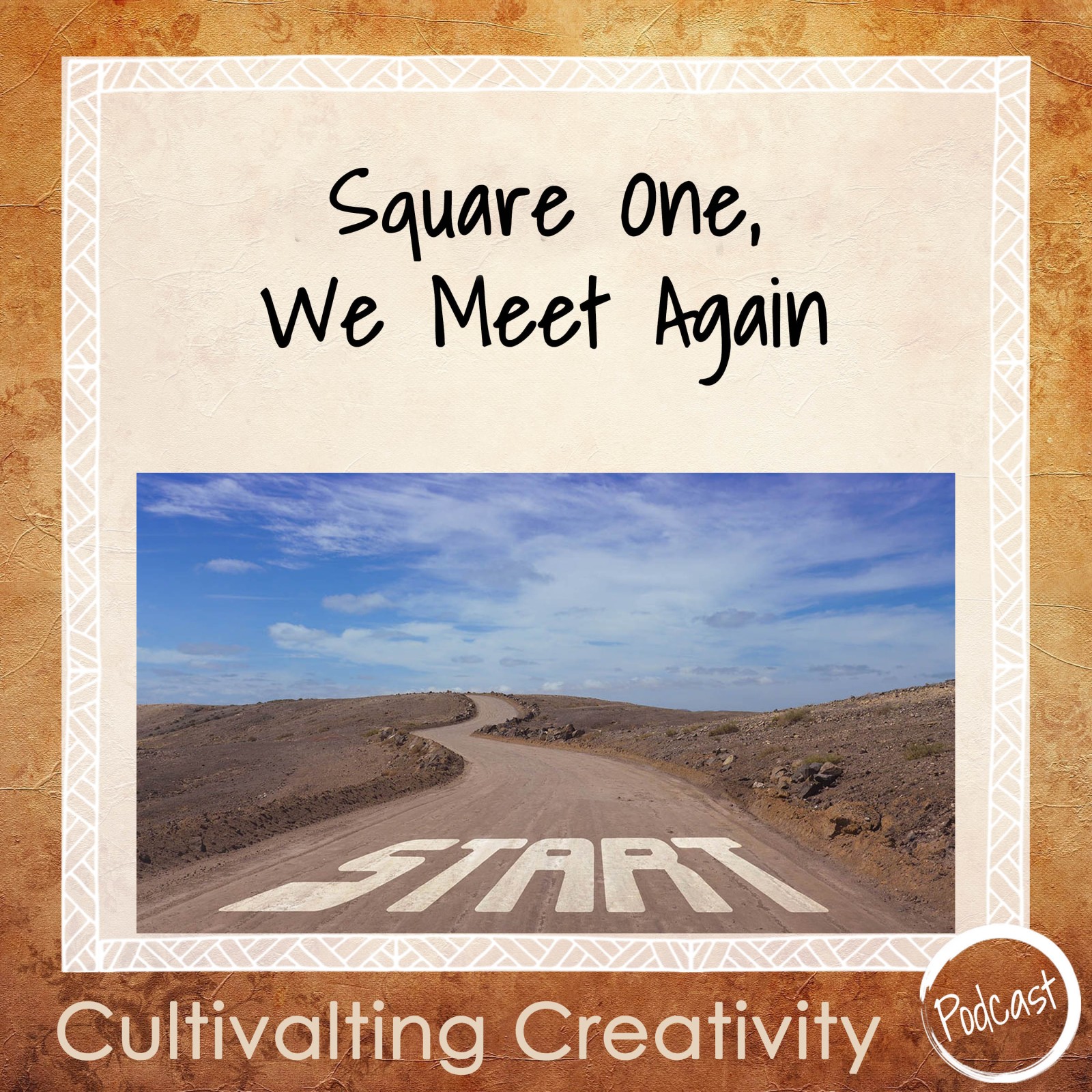
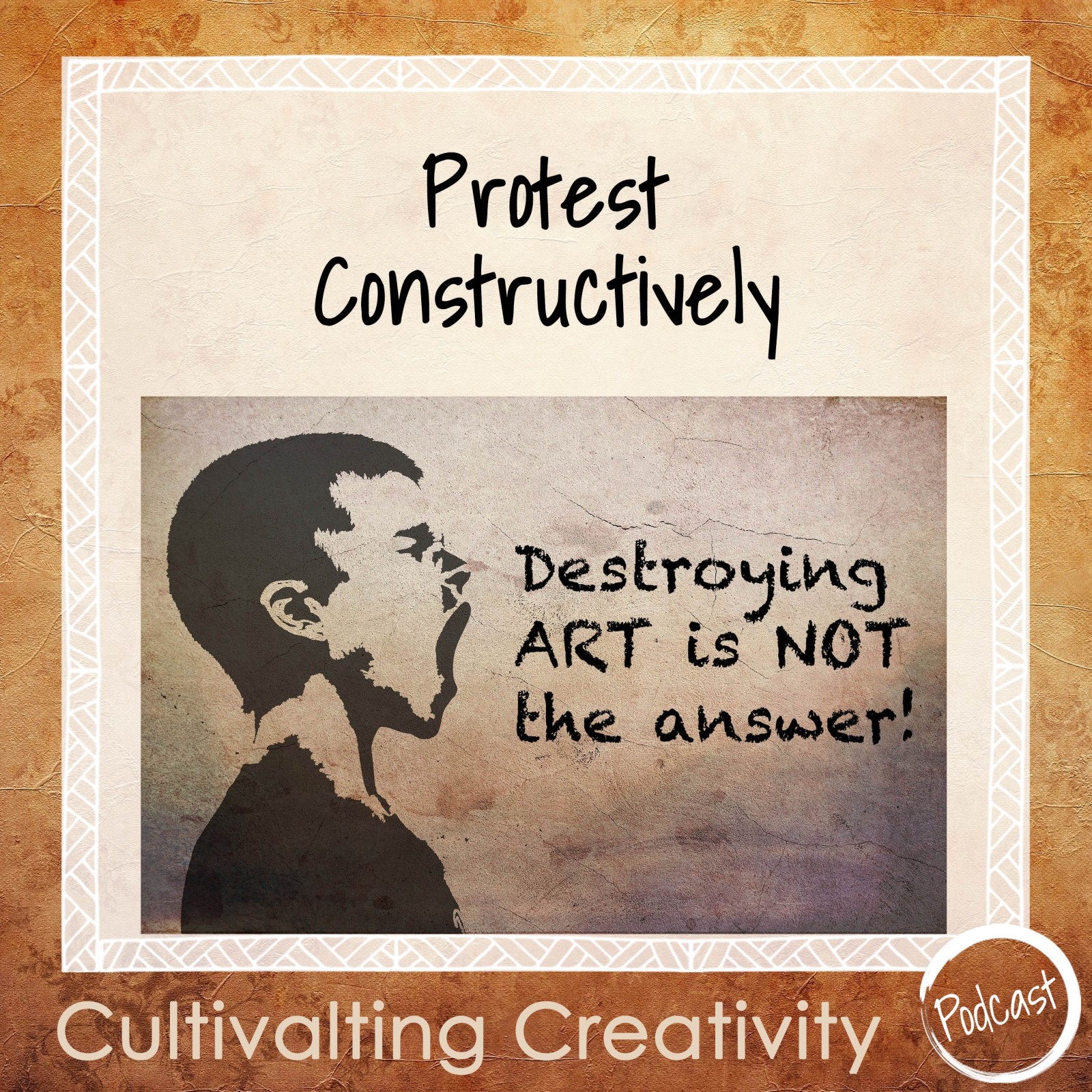
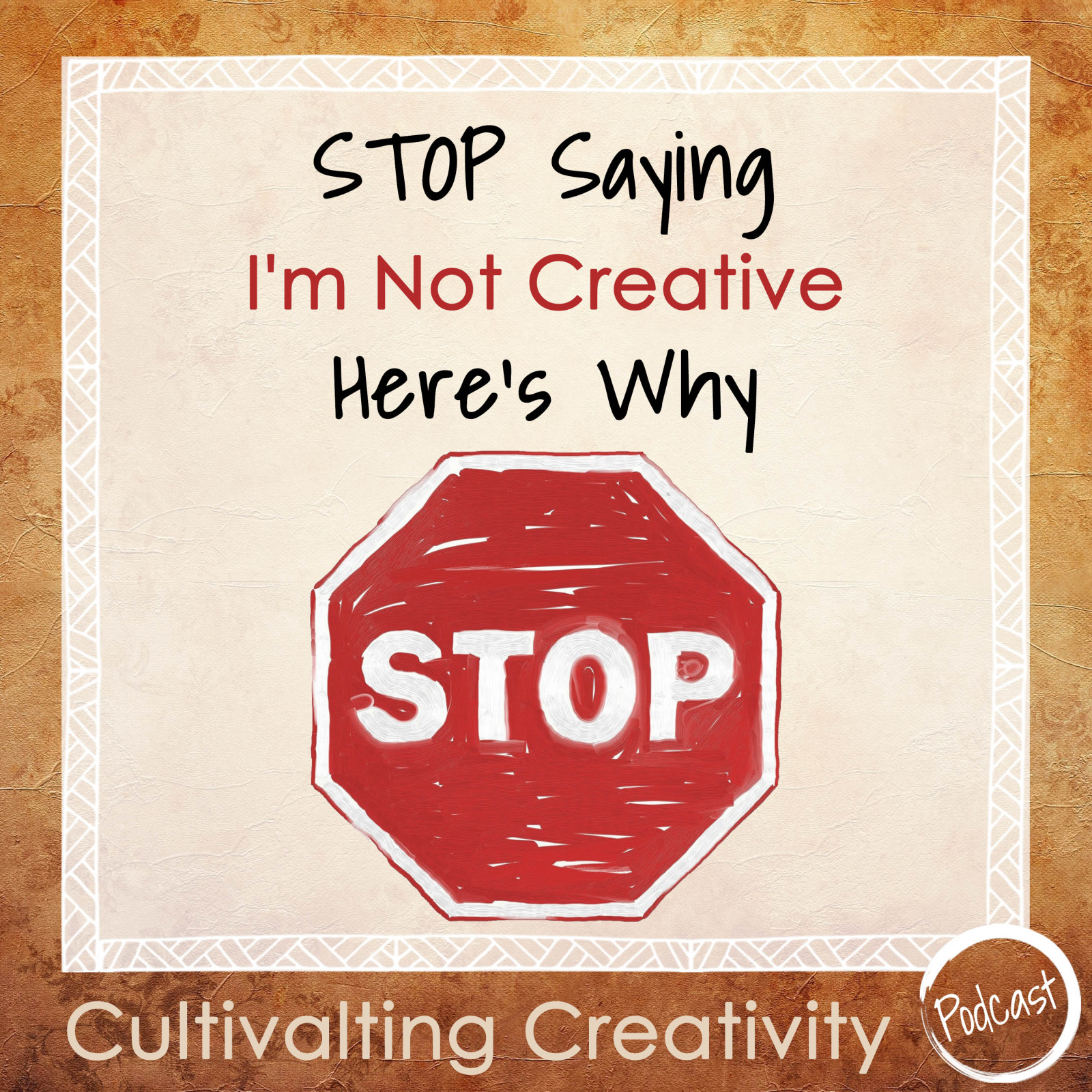

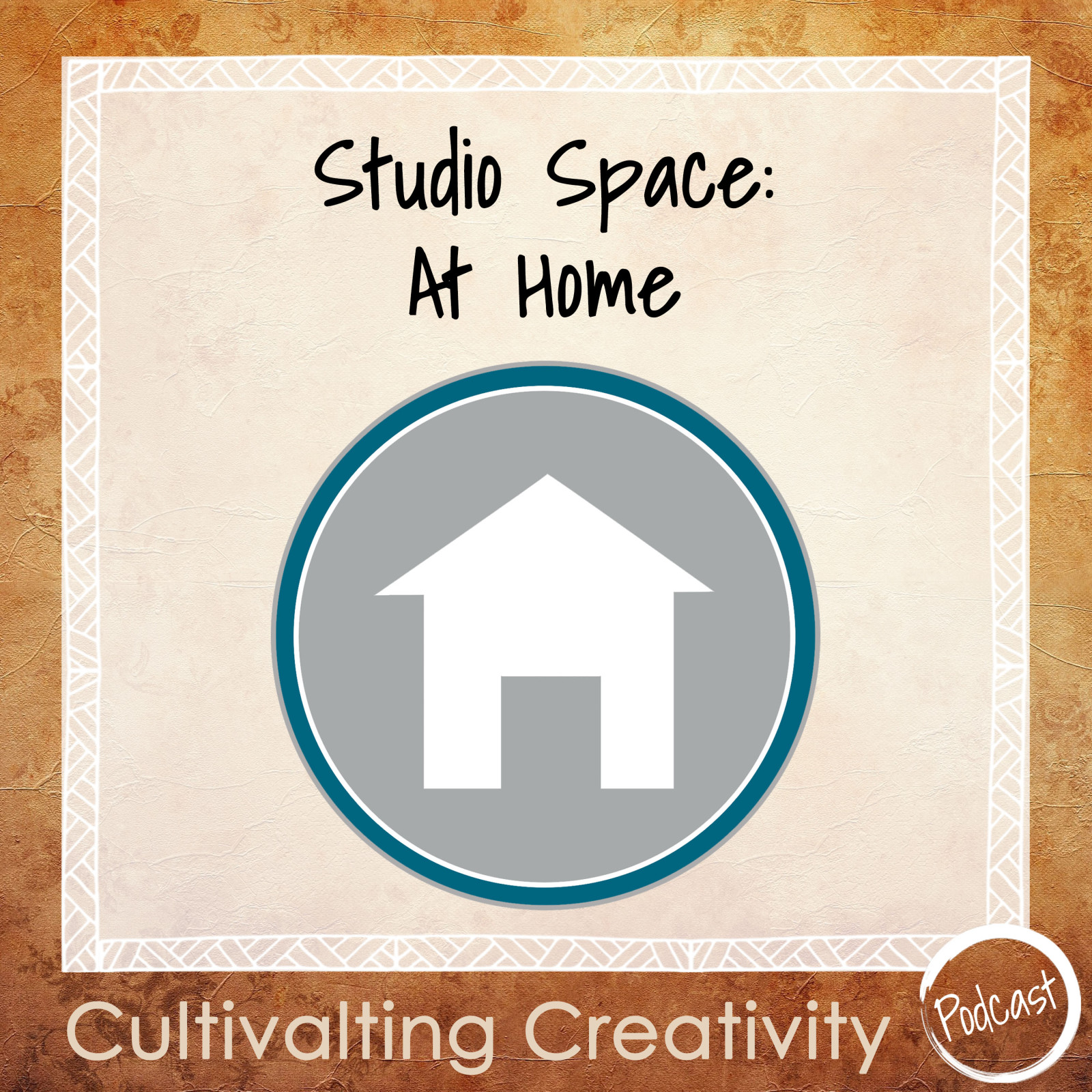

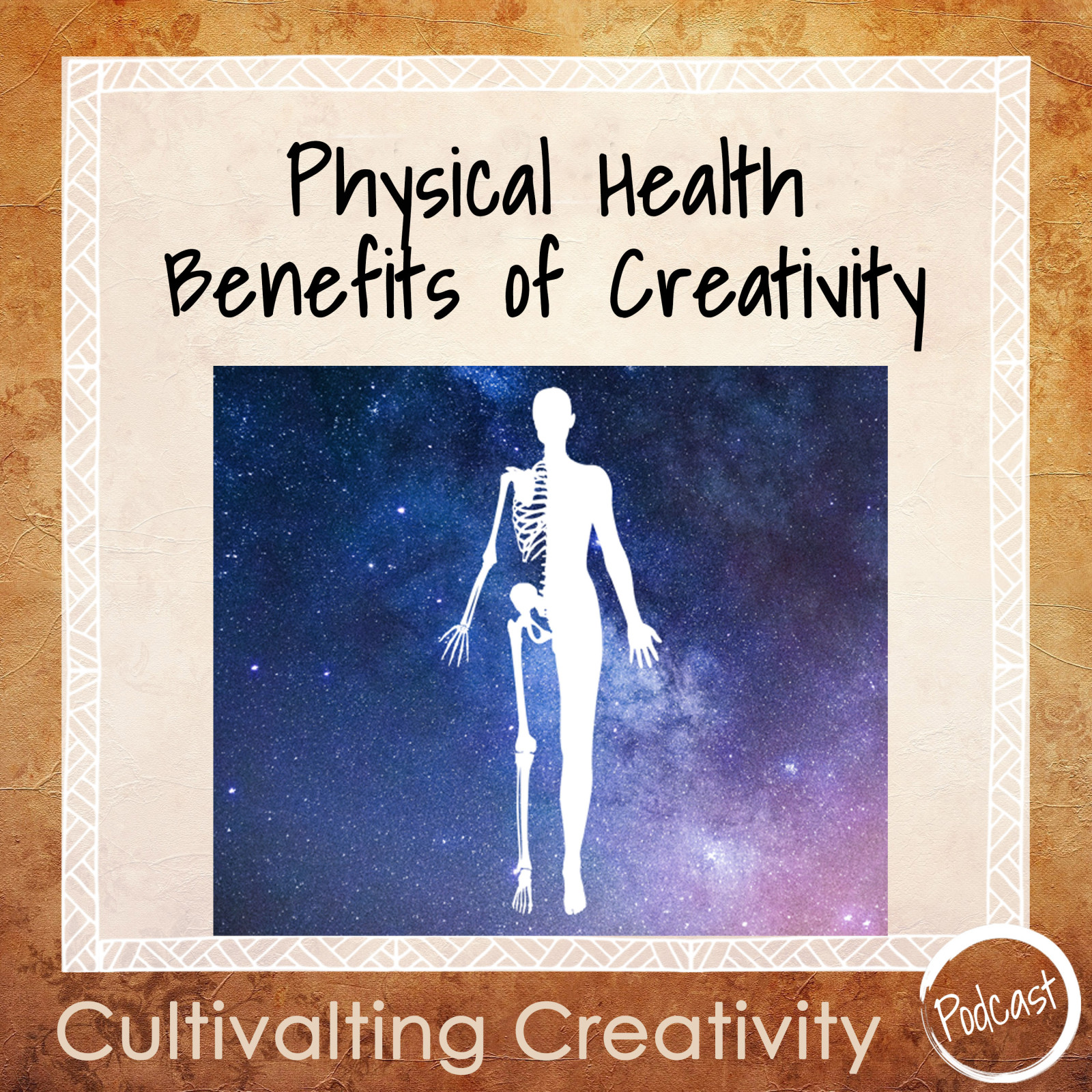
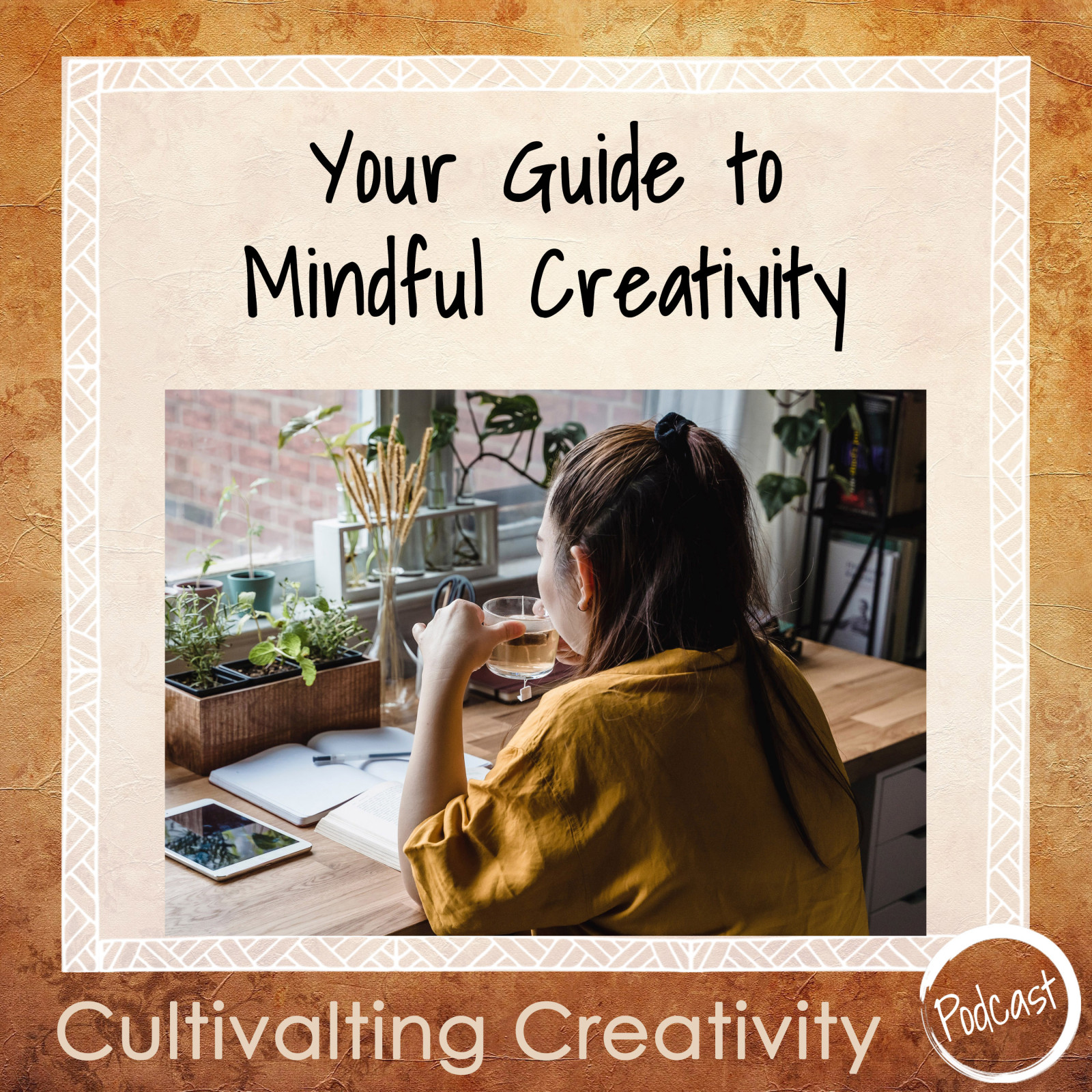
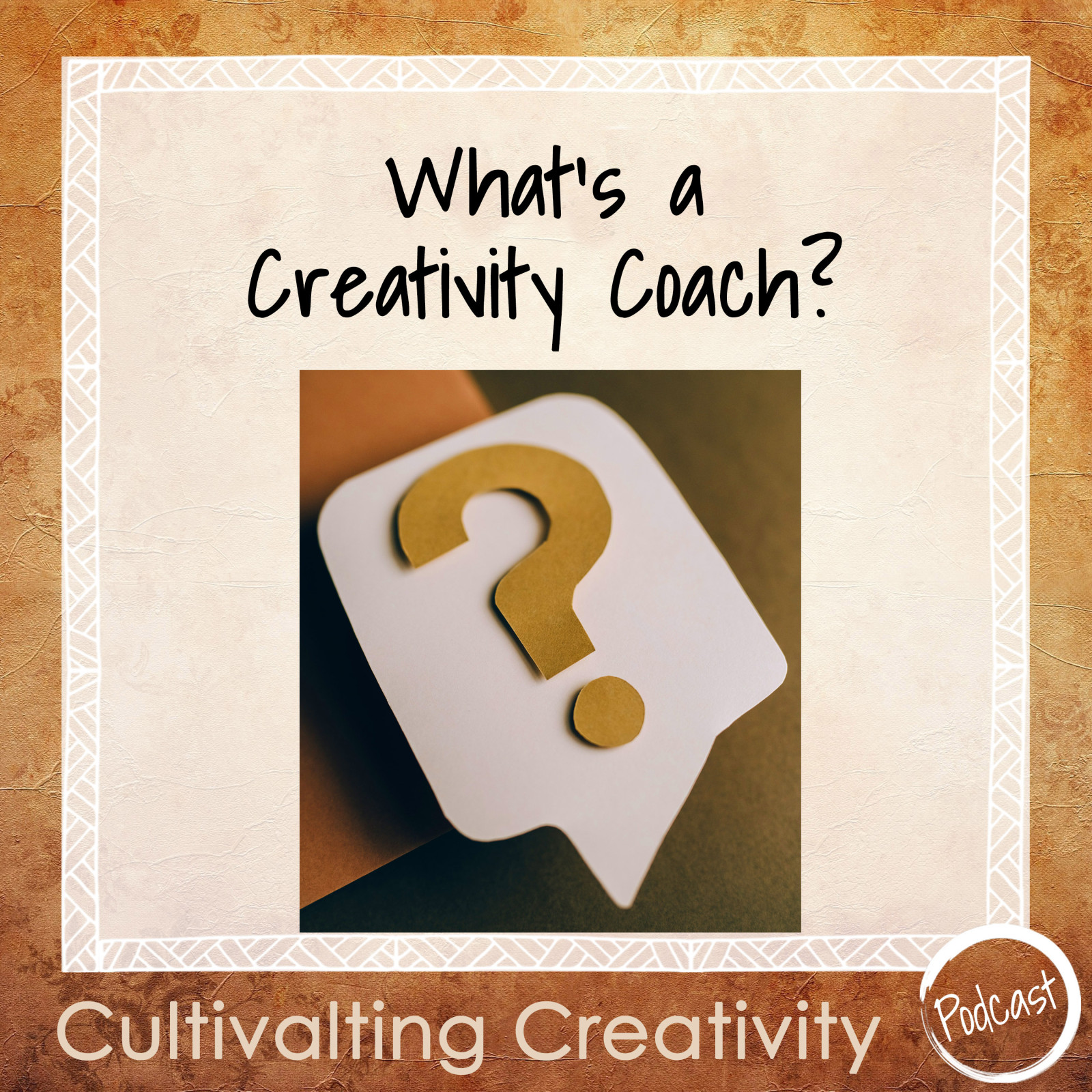




0 Comments